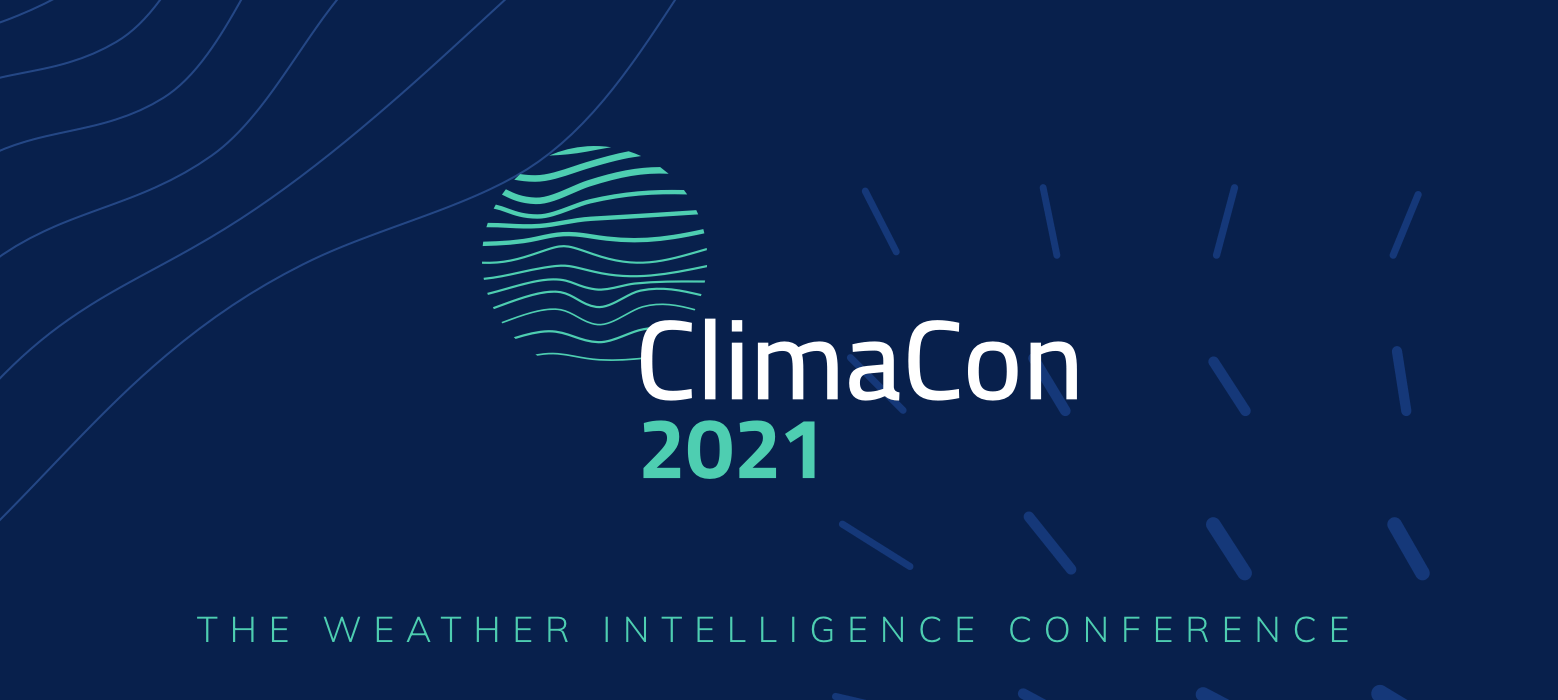When we talk about climate change, we often focus on the impact on our environment — endangered species, habitat loss, and extreme weather events.
But ultimately, climate change impacts people.
The effects of climate change disproportionately impact low-income people of color, and globally, that often means women. A full 70% of the 1.3 billion people in poverty today are women. Gender inequality costs women in developing countries $9 trillion a year — which doesn’t even include the thousands of extra hours of unpaid care work women do.
We sat down with Courtney Draggon, Director at the International Activities Office, NWS, NOAA and Boram Lee, Senior Consultant at World Bank, Former WMO, at ClimaCon 2021 to find out more about how climate change directly impacts women and what we can do about it.
How Women are Uniquely Vulnerable to Climate Change
As extreme weather events continue to unfold around the world, women remain particularly vulnerable. And that’s not just in developing countries — here in the United States, wildfires in California, power outages and storms in Texas, and flooding across Oklahoma all leave women in poverty at risk. Consider the Tornado Belt:
“Those living in poverty here in the United States don’t have the infrastructure or sustainable housing against these weather events, like tornados. Mobile homes don’t have an underground structure and are much more likely to be destroyed — and now those families and women are homeless.” – Courtney Draggon, Director at the International Activities Office, NWS, NOAA
Besides physical vulnerability and security, there’s also a lack of access to knowledge and weather data that can help save lives. Compared with men, women have less access to resources like land, credit, supplies, technology, and education that make it possible to adapt to the consequences of climate change. For example, around the world, women participate in the majority of our food production (up to 80%), but they own less than 10% of land.
For women juggling caring for their families and struggling to make ends meet by finding hourly jobs or engaging in subsistence farming, weather events can be devastating.
“If you don’t know that an extreme weather event is coming, you don’t know how to prepare or recover. That leaves you particularly vulnerable, not just at the time but then afterward. We know that natural disasters leave giant gaps in economic development for affected communities.” – Courtney Draggon, Director at the International Activities Office, NWS, NOAA
We Need Systematic Investment to Make a Difference
There isn’t one solution to the climate crisis.
Similarly, there isn’t one solution to help vulnerable populations deal with the consequences of the rise in extreme weather events.
“We really need a more systematic push with larger investments to improve the situation. The Paris Climate Agreement explicitly called for action on gender equality and the empowerment of women, and the UN Sustainable Development Goals include empowering women and girls. This is a challenge for the entire globe.” – Boram Lee, Senior Consultant at World Bank, Former VMO
Investing systematically in closing the gender gap can take several different forms, like:
- Providing the right tools and technology to women business owners, farmers, and creators around the world
- Increasing microfinancing opportunities and direct investments to women
- Providing accelerators for women-owned businesses and entrepreneurs, especially to those working on climate solutions
- Opening up education and workforce opportunities
- Policy changes like universal child care and a social safety net to reduce pressure on women in poverty
“The biggest resource we have when it comes to the fight for our planet is people. We’re leaving behind half of humanity. Women make up the majority of the workforce in many countries, and they’re the ones supporting their families. If we can give them the right tools, the right technology, and the right information to women at the right time, we can go forward together.” – Boram Lee, Senior Consultant at World Bank, Former VMO
How Tomorrow Helps Women Around the World
At TomorrowNow.org, the nonprofit arm of Tomorrow.io, our mission is to empower people around the world with access to high-quality, accurate weather data to keep people safe. Whether women are dealing with life-threatening natural disasters or the everyday pressures that climate change can create in communities around the world, understanding and interpreting weather data is more important than ever.
That’s why we’ve launched the Women of Weather Campaign, which highlights the careers of women in meteorology and leadership. We’ve interviewed women from diverse geographical and professional backgrounds, from government NGOs to the private sector, to provide inspiration to young women as they step up to lead the next wave of initiatives to combat climate change.















